How to Choose the Best Leather Hunting Boots for Every Terrain and Season
Find the best leather hunting boots for any terrain and season. Explore comfort, grip, and durability trusted by serious hunters.
Ask any seasoned hunter, and they’ll tell you that good boots aren’t just gear. They become part of the story. They remember every mile, every early morning frost, every breath held in silence. The right pair stays with you through the mud, the climb, and the long walk back when daylight fades.
Finding the best leather hunting boots isn’t about chasing a brand name or a fancy look. It’s about trust. The kind that starts the moment you lace them up and lasts through years of hard hunts and changing seasons.
Because when the weather turns, when the mountain feels steeper than you remember, or when the forest goes quiet just before the shot, that trust is what keeps you steady. The hunting boots beneath you aren’t just protection for your feet; they are part of the reason you keep moving forward.
Why the Right Pair of Hunting Boots Matters More Than You Think?
Every hunter has a story about boots that failed them. Maybe the sole peeled off halfway up the ridge. Maybe their feet got cold just when the deer started moving. Hunting boots carry you through mud, ice, and uneven ground. If they don’t hold up, neither will you.
Ask anyone who’s been at it long enough, a great boot is part of the difference between a long, successful season and one cut short by pain. Hunters spend months planning the perfect trip, yet sometimes forget the basics: how their boots fit, how much ankle support they give, how they perform on tough terrain.
At Hillman, we’ve tested leather designs in rough terrain, under rain, snow, and cold weather. It’s not just gear; it’s what keeps you moving when everything else tells you to stop.
What Defines the Best Men’s Hunting Boots?
There’s no single formula for the best men’s hunting boots. It’s a mix of fit, function, and feel, and a lot depends on where you hunt.
A solid pair starts with materials. Full-grain leather and leather uppers are prized for their strength and resistance to wear. They protect your feet from thorns, rock edges, and moisture. Add a Gore-Tex or a Dryhunt lining, and you get waterproofing without sacrificing breathability.
The bottom line? It should feel like a comfortable boot, not a burden. The Vibram outsole offers excellent traction on rocky terrain and loose soil, while dual-density polyurethane cushions impact when you’re climbing or crouching for hours.
Inside, look for a roomy toe box that prevents pressure on long hikes and a lacing system that stops heel slippage. Each of these small things defines the difference between a quality boot and one you regret halfway through the day.
The Classic Appeal of Leather Boots in Modern Hunting
There’s something timeless about a good pair of leather boots. They start stiff, but once they’ve gone through the break-in period, they fit like they were made just for you. Grain leather molds to the shape of your foot, making each hunt more natural and grounded.
Unlike synthetic models that often crack or peel, full-grain leather boots age like good whiskey, better with time. They keep your feet warm, resist scratches, and breathe in a way synthetics never quite can.
It’s no wonder many hunters still trust leather over everything else. It’s the material that carried western hunters through wild country long before “technical fabrics” existed.
At Hillman, each pair is cut, stitched, and shaped by hand, made for those who prefer real materials and real endurance.
Exploring the Mountains: The Reality of Mountain Hunting
Step into mountain hunting, and everything changes. Trails fade, the air thins, and your legs start to remind you how heavy your pack really is. This is where mountain hunting boots prove their worth.
A true mountain hunter needs grip on rocky terrain, balance on uneven ground, and faith that his boots won’t give out halfway to the ridge. That’s why ankle bone support systems and ankle bone support structures matter. They stabilize your movement when every rock shifts underfoot.
If you’ve ever climbed wild rock or followed elk across steep terrain, you know that excellent ankle support isn’t a bonus; it’s a must. The right mountain boot blends stiffness and flexibility, enough to keep your stride confident on rough terrain without feeling like you’re wearing concrete.
Hillman’s mountain hunting line was built for this: feet dry, firm footing, and comfort that lasts beyond the first climb.
Key Boot Features Every Mountain Hunter Should Look For
Hunters talk about rifles, optics, and gear weight. But ask them what matters most after twelve hours in the backcountry, and they’ll mention their boots. For mountain hunters, the details make the difference:
Key Boot Features Every Mountain Hunter Should Look For
Hunters talk a lot about rifles and optics, but after a full day in the mountains, it’s the boots that decide whether you keep going or head home early. If you want to stay steady and sharp, these are the features that make the difference.
Ankle Support That Locks Your Heel in Place
Strong ankle support is what keeps you upright on uneven trails. It prevents twists and helps your foot stay stable when the ground shifts under pressure. A locked-in heel also reduces rubbing and fatigue, giving you control when the slope gets rough.
A Sturdy Vibram Sole for Balance on Slippery Rocks
A Vibram sole is more than marketing talk: it’s what keeps you standing when wet rocks or loose gravel try to throw you off balance. The deep tread grips every surface, offering traction you can trust in rain, snow, or mud. Many hunters call it their secret weapon for unpredictable terrain.
A Strong Lacing System That Resists Loosening
Nothing ruins focus like having to stop and tighten your laces again and again. A solid lacing system holds tension throughout the day, keeping your boot fit consistent and supportive. It’s a small detail, but on long hunts, it means fewer distractions and better performance.
A Supportive Toe Box to Prevent Hot Spots
Your toes need room to move, but not so much that your foot slides inside the boot. A well-shaped toe box keeps pressure evenly distributed, reducing the chance of hot spots and blisters. It’s what turns a tough climb into a steady rhythm you barely notice.
Dual-Density Polyurethane Midsoles That Absorb Shock
The mountains don’t forgive hard landings, and that’s where dual-density polyurethane midsoles come in. They cushion impact, protect your joints, and absorb vibration when descending steep trails. It’s a comfort you only appreciate after hours of climbing, and a reason your legs still have strength left for the way back.
Add all that together and you get a pair of boots that feel like an extension of your body, not an obstacle. Without it, even the best hunting boots won’t get you far. Remember: foot fatigue ends more hunts than bad weather ever did.
Cold Weather Challenges: Finding the Right Boot for Cold Weather Hunts
Cold hunts are a different game. The chill creeps up from the ground and into your bones. Choosing the right boot for cold weather is more than picking insulation weight; it’s about how all parts work together.
An uninsulated boot may suit early autumn, when your body heat does the job. But for snow and cold temps, you’ll want Primaloft or Aerogel insulation or a warmer boot that seals in warmth without trapping moisture.
A break-in phase is crucial even in insulated models. Wear them around the house, hike a short trail, and let them adapt before the real test. It’s better to find pressure points early than during a late-season elk hunt when the stakes are high.
If your feet stay warm and your boots fit snugly, you’ll last longer and move quietly. That’s how serious hunters stay ahead by preparing from the ground up.
Comparing Legends: Crispi Wild Rock vs. Danner Recurve
The debate never ends: Crispi Wild Rock or Danner Recurve? Each has earned its fans for a reason.
The Crispi Wild Rock is a tank, built with thick insulation and a Vibram outsole that grips ice like claws. It’s perfect for cold conditions, rough terrain, or carrying a heavy pack through the backcountry. Some say it’s the only boot’s comfort they trust in deep winter.
The Danner Recurve, lighter by design, wins in agility and a faster break-in period. It’s for those early-season hunts when you move fast, cover ground, and need lightweight comfort over bulk.
But the truth? There’s no single winner. The best boot is the one that matches your hunt, your terrain, and your patience.
At Hillman, our goal is balance, the endurance of Crispi boots, the feel of Danner Recurve, and craftsmanship that keeps your feet dry no matter where you roam.
Field Experience: How Serious Hunters Test Their Boots
Every hunter eventually learns that nothing beats real-world testing. You can’t feel a boot’s comfort on a showroom floor. You learn it knee-deep in snow or halfway up a ridge with a heavy pack.
Sheep hunters, western hunters, anyone chasing game through mountainous terrain, they know that gear failure isn’t an option. Wet socks? Hunt’s over. Cold feet? You’ll lose focus.
When boots hold up, when they don’t slip, pinch, or tire you, that’s when the magic happens. You stop thinking about them and start thinking about the hunt. That’s what every great boot should do.
And yes, there’s always that moment when you’re waiting patiently in the wind, watching the horizon. If your boots keep you steady, then you’ve found your perfect match.
When Hiking Boots Aren’t Enough: Why One Boot Can Change the Entire Hunt?
A lot of people start with regular hiking boots, thinking they’re good for everything. Then the ground shifts, the trail breaks apart, and the truth hits fast. On uneven terrain or loose terrain, even small things like a heel slip can wear you down. You stop focusing on the hunt and start thinking about your feet.
Some hunters switch to heavier boots, hoping more weight means more strength. Sometimes it helps, sometimes not. Synthetic materials might feel light, but they rarely stand up to seasons of hard use. The difference shows when you hit the rocks, a boot with great traction grips, where others slide.
Hunters who really enjoy hunting learn that comfort and confidence come from finding one boot that fits just right. That single pair often outlasts a few other boots. Getting used to a new pair takes time; new boots always need patience before they feel like yours. But once they do, you stop noticing them. You just continue hunting, steady and sure, like the mountain finally agrees with you.
Choosing the Best Boots for Every Adventure
Choosing the best boots isn’t a science; it’s a feel. You know when they’re right. You can tell from the first hike, the first climb, or that first day when your feet stay warm while the air bites hard.
Good boots become part of your story. They carry the mud, the miles, and the memories. Whether you hunt from a tree stand, cross rivers, or trek through rough terrain, the right pair gives you quiet confidence.
At Hillman, every pair is built for hunters who demand more than average. Crafted from full-grain leather, shaped by hand, tested in the field, because a boot should never hold you back.
Explore Hillman’s premium leather hunting boots, the ones built for those who keep walking long after the trail ends.


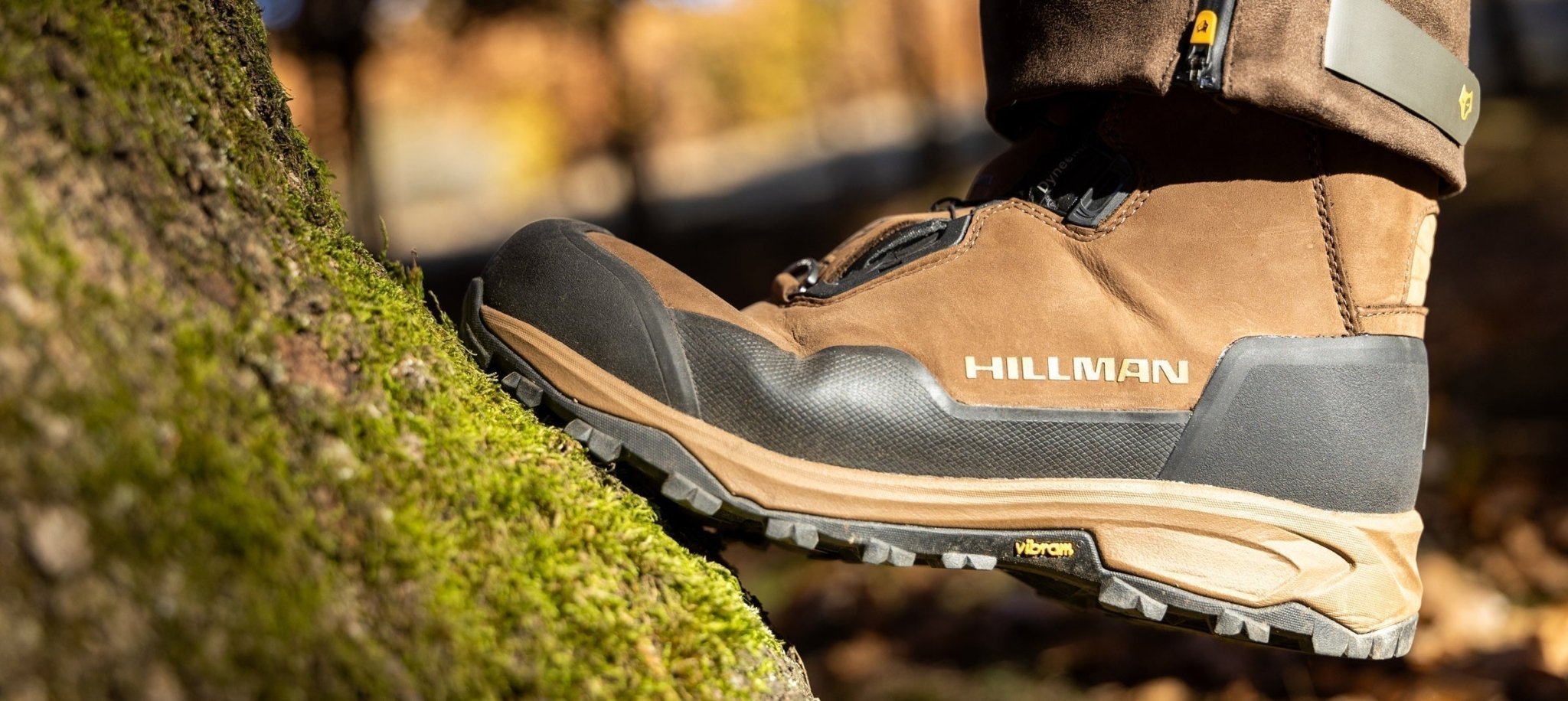











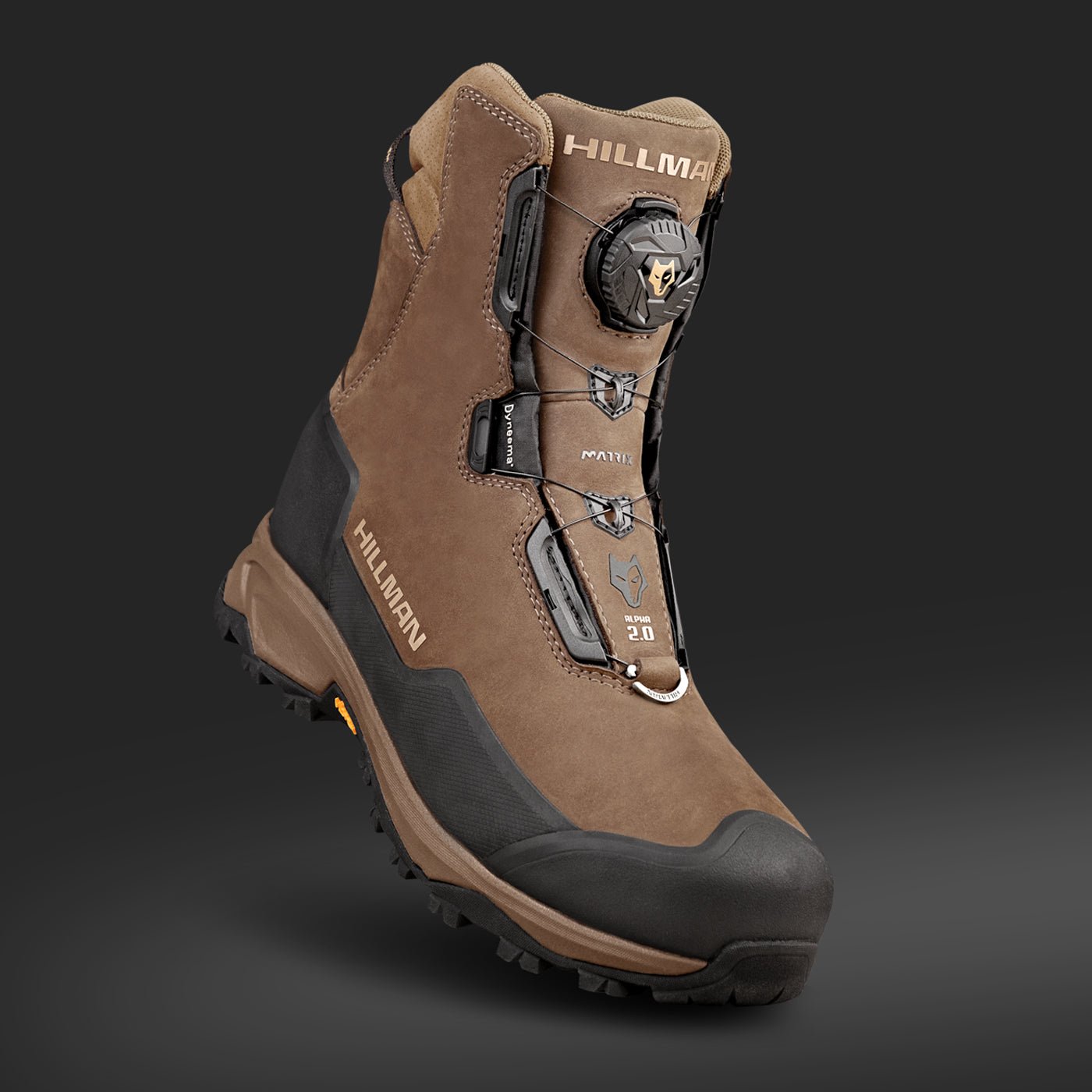
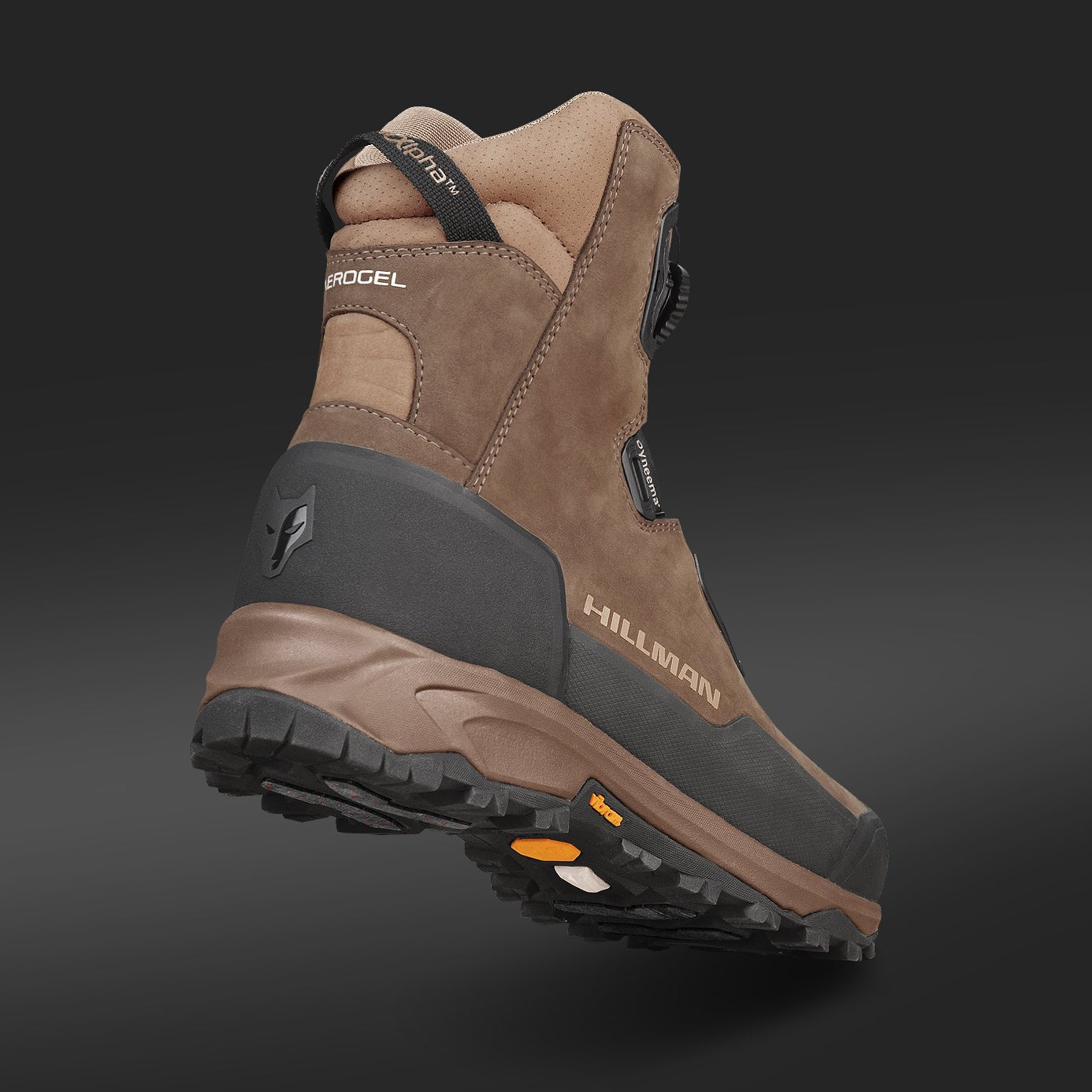
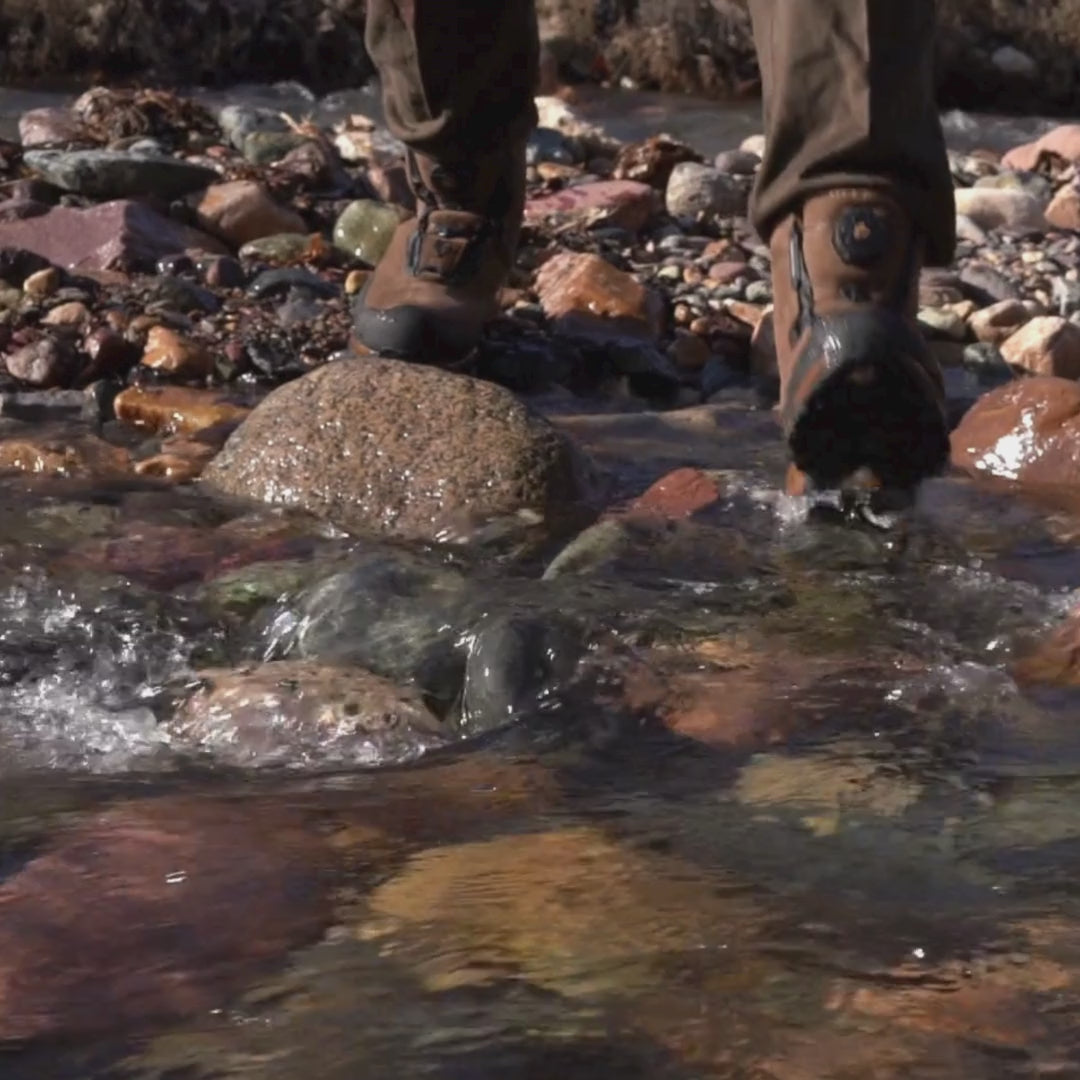


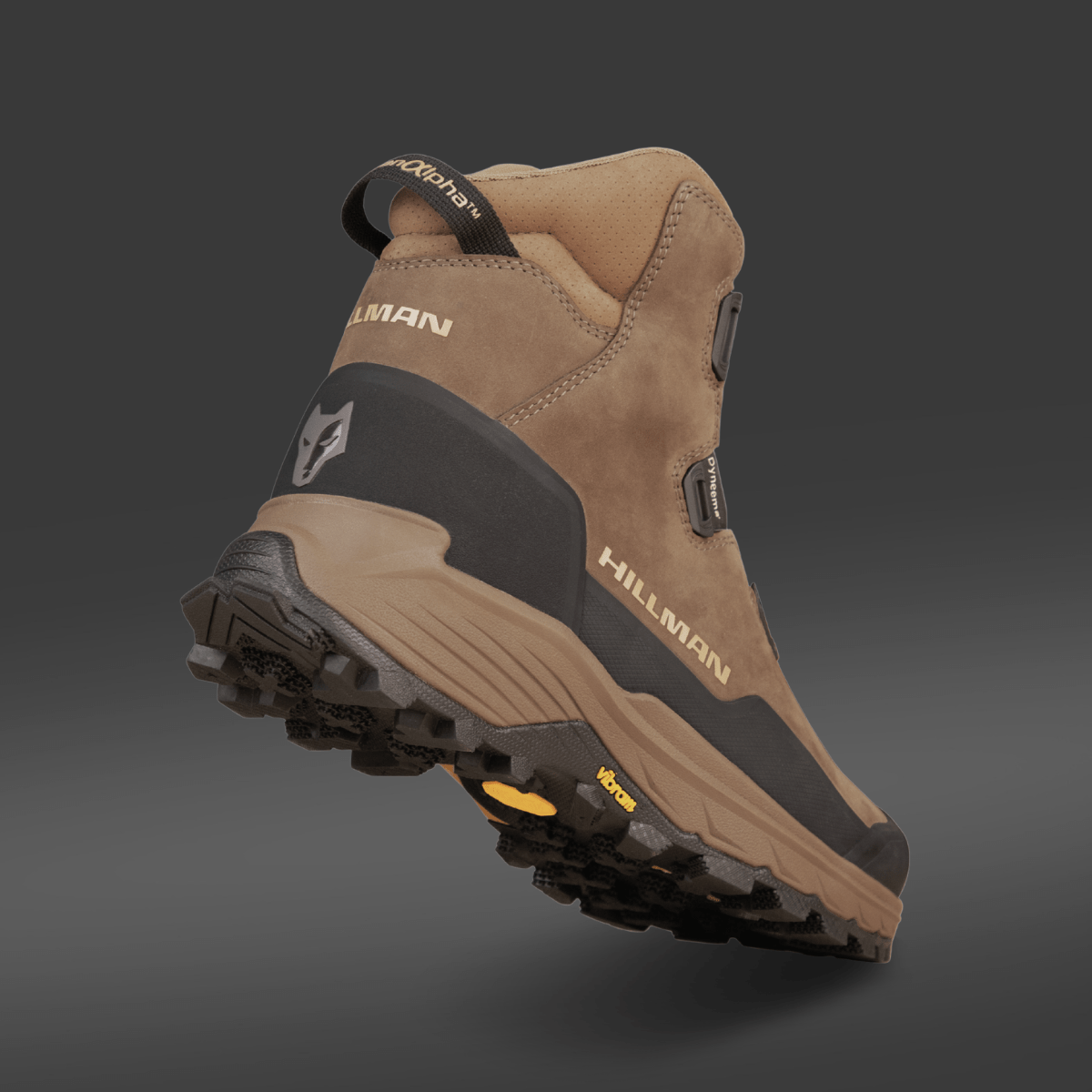

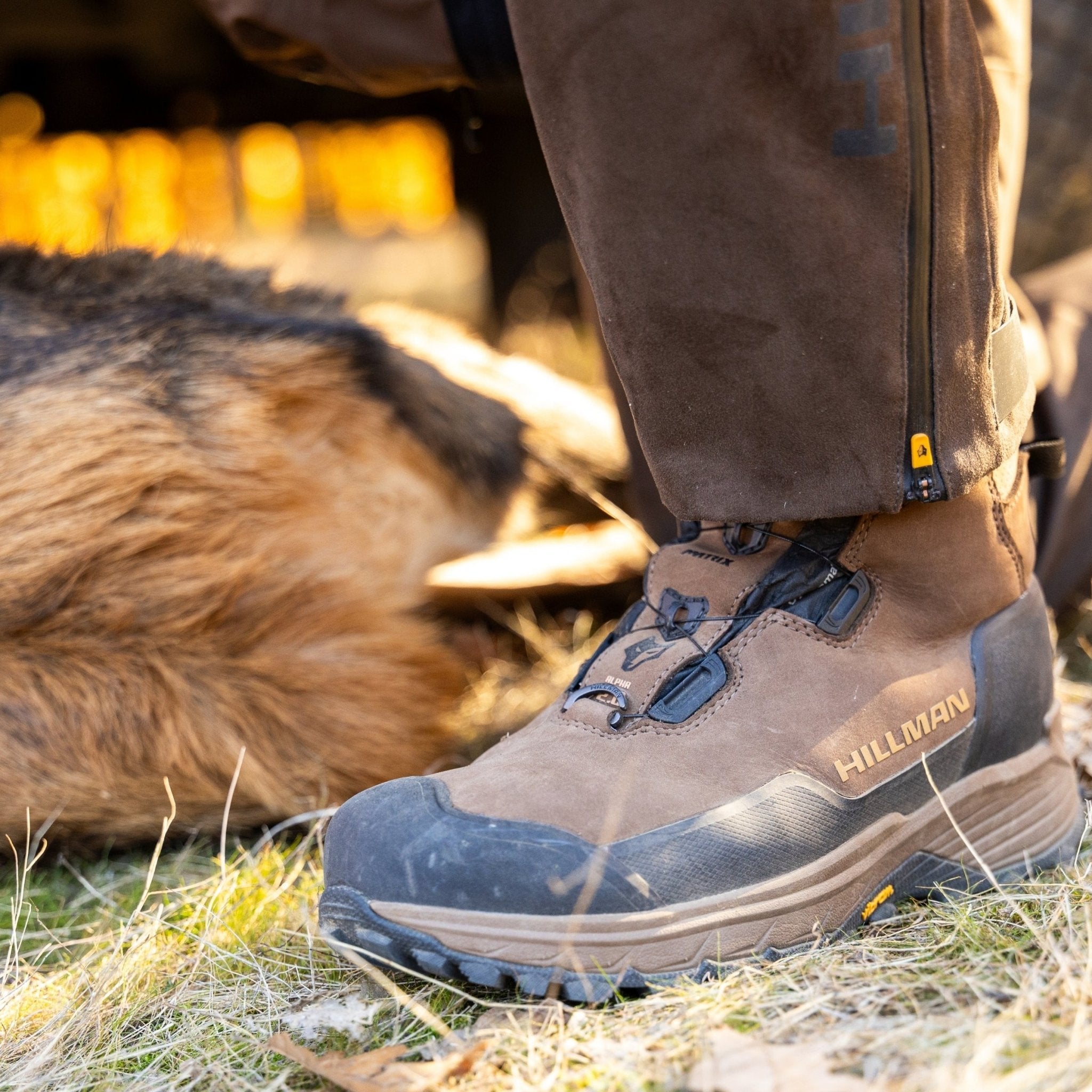

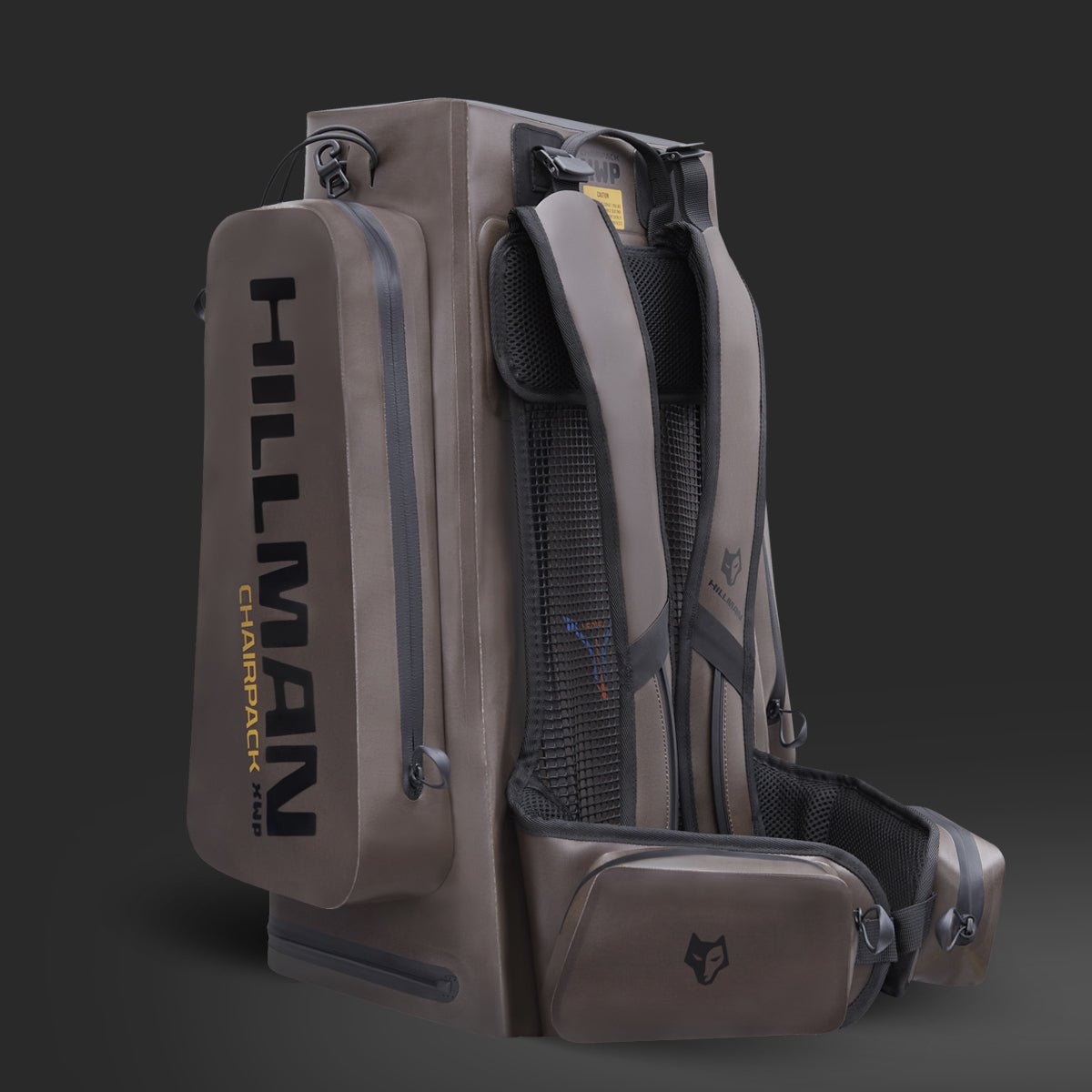
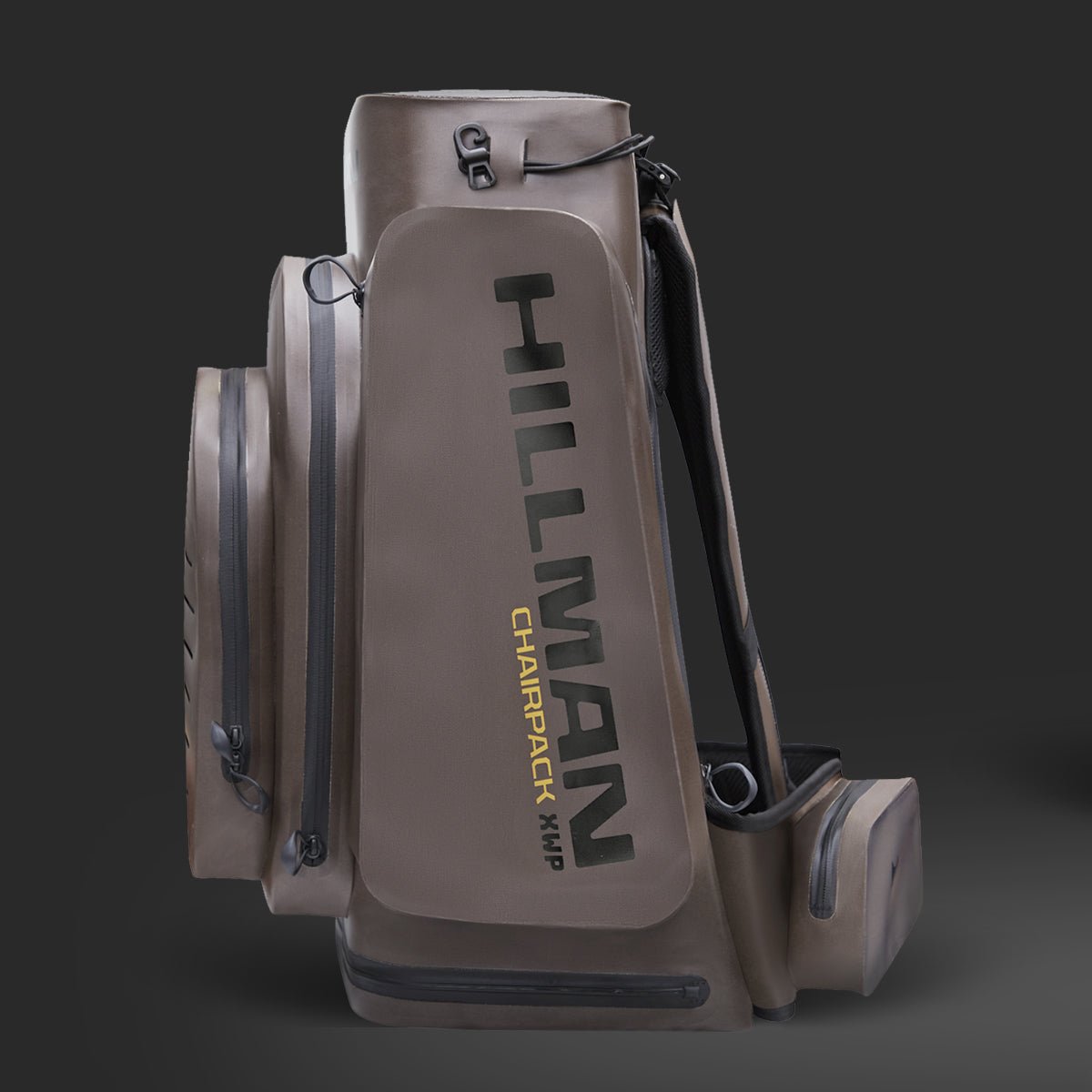

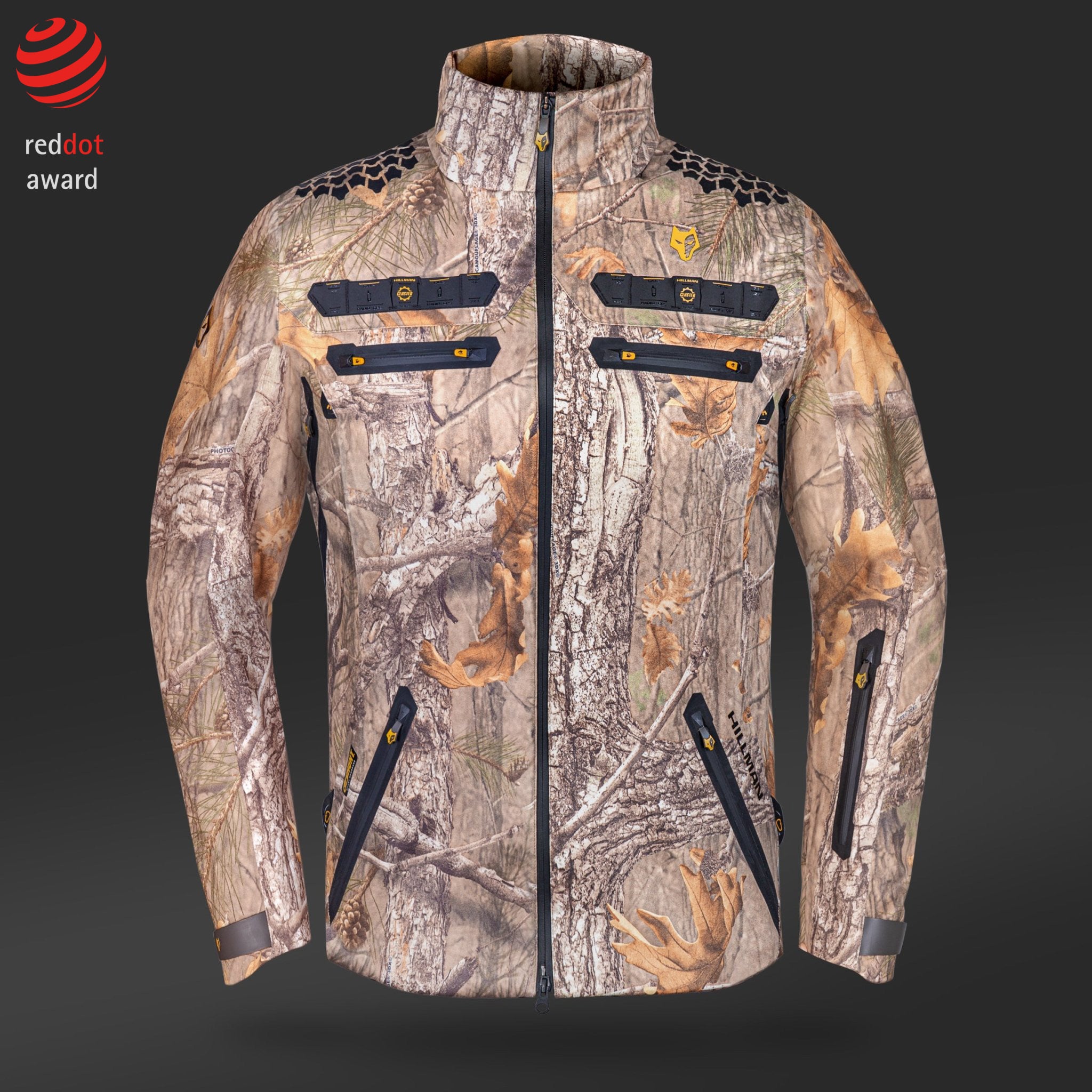
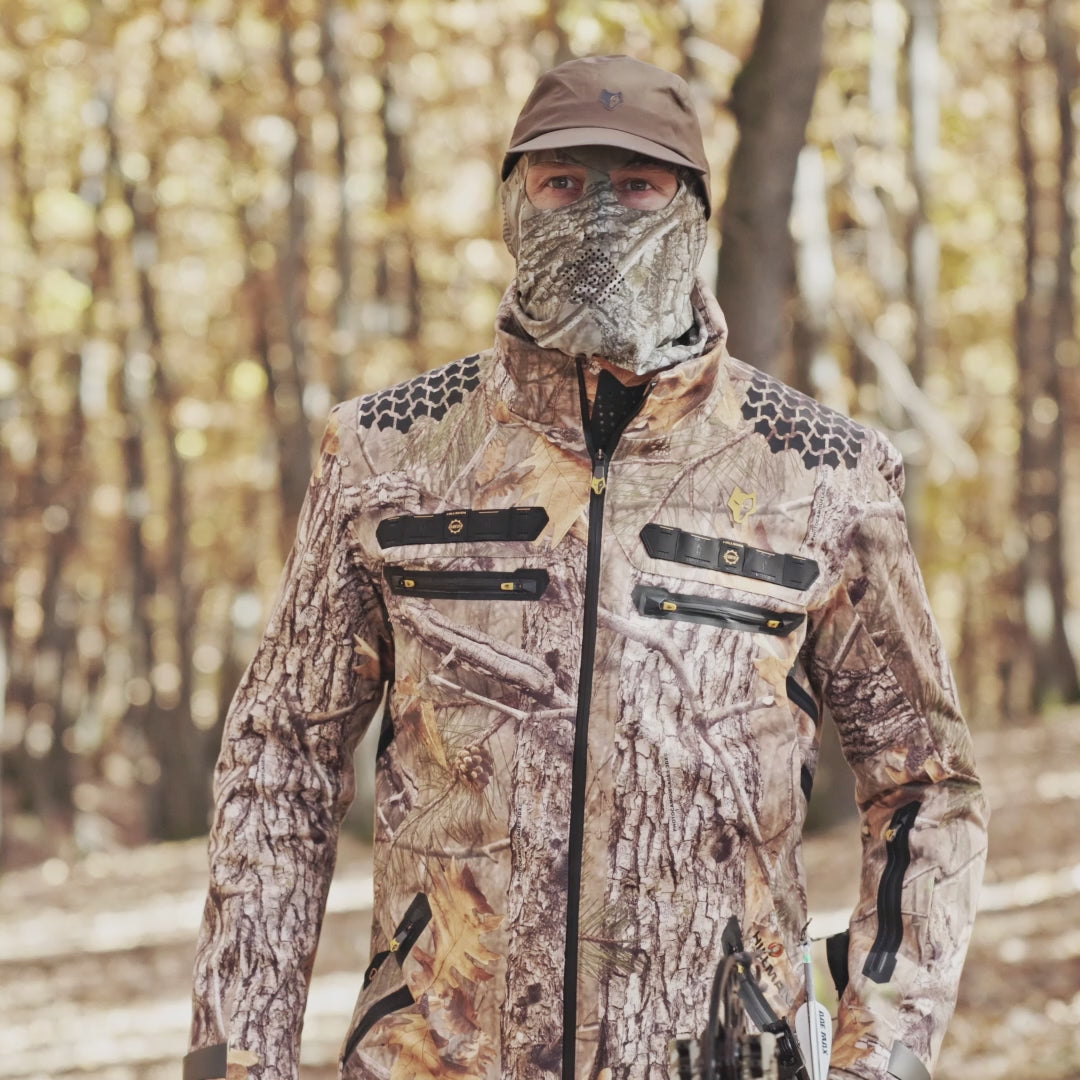
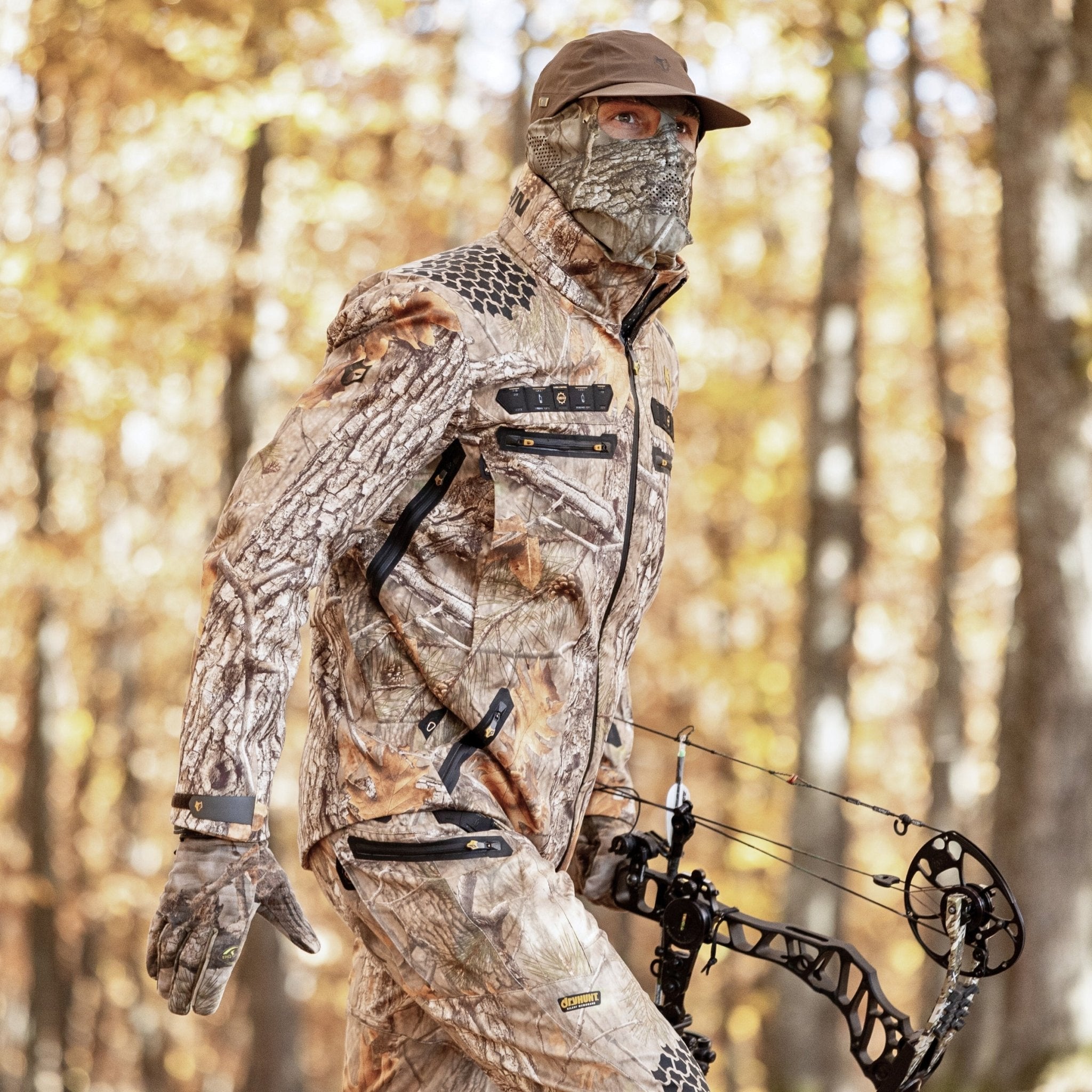
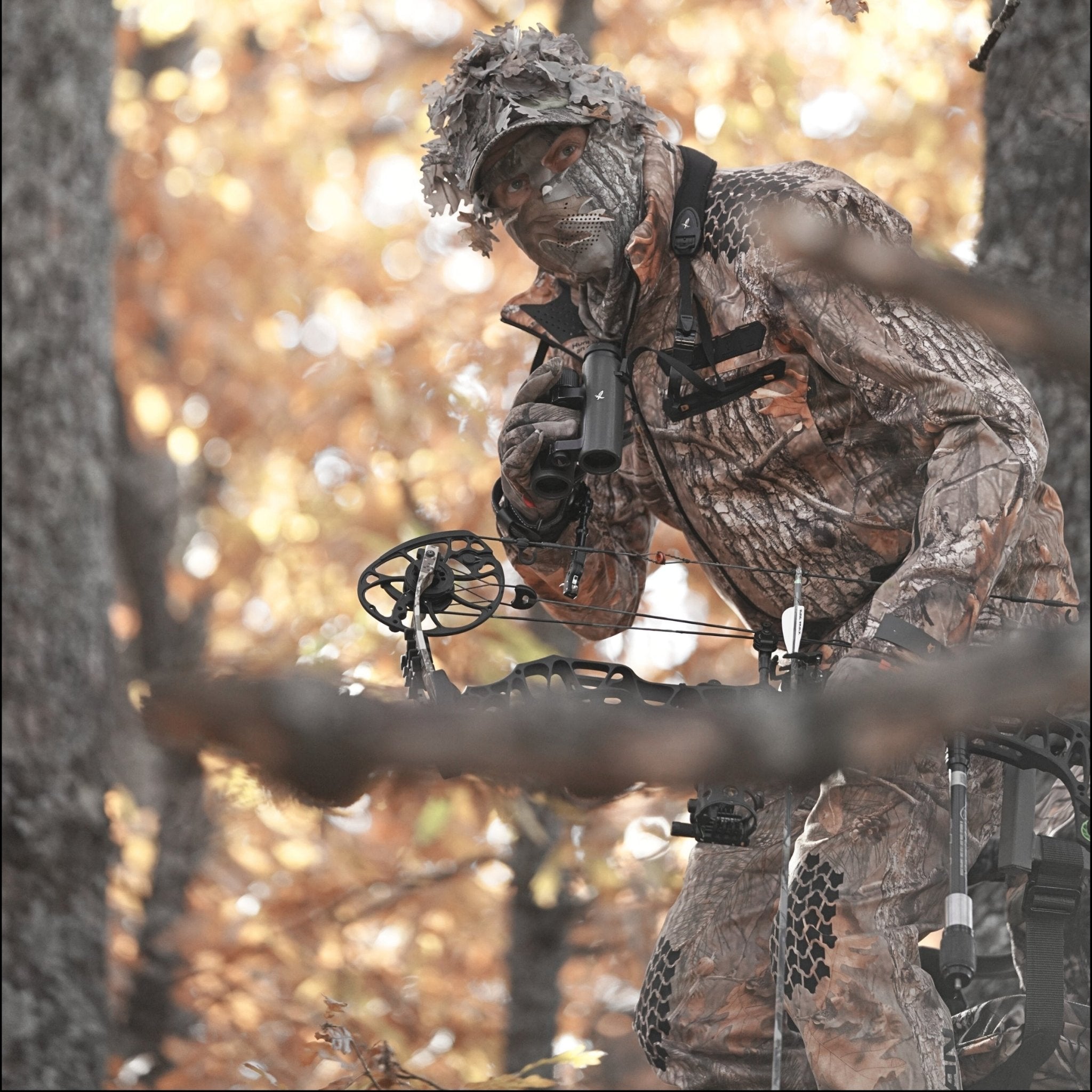
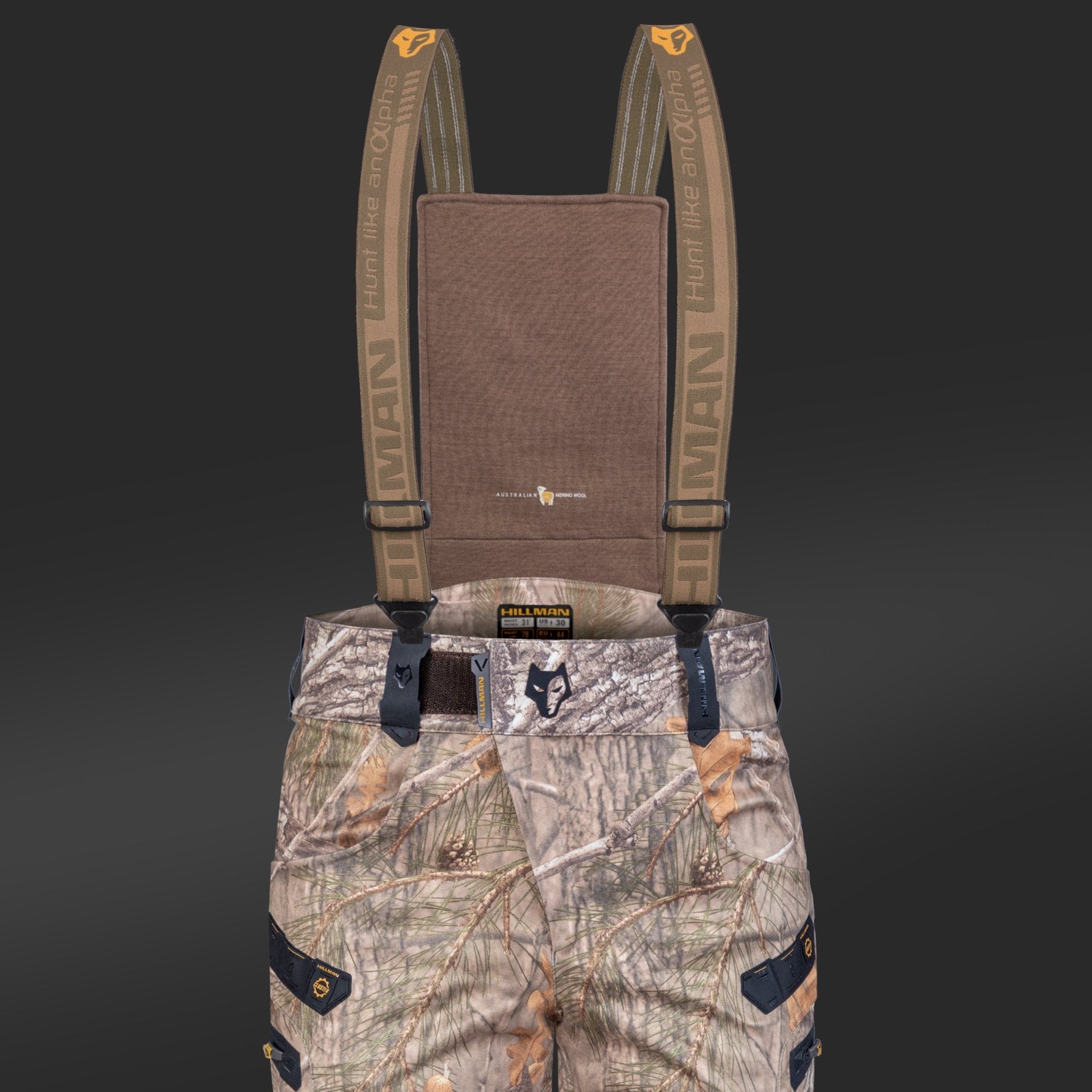
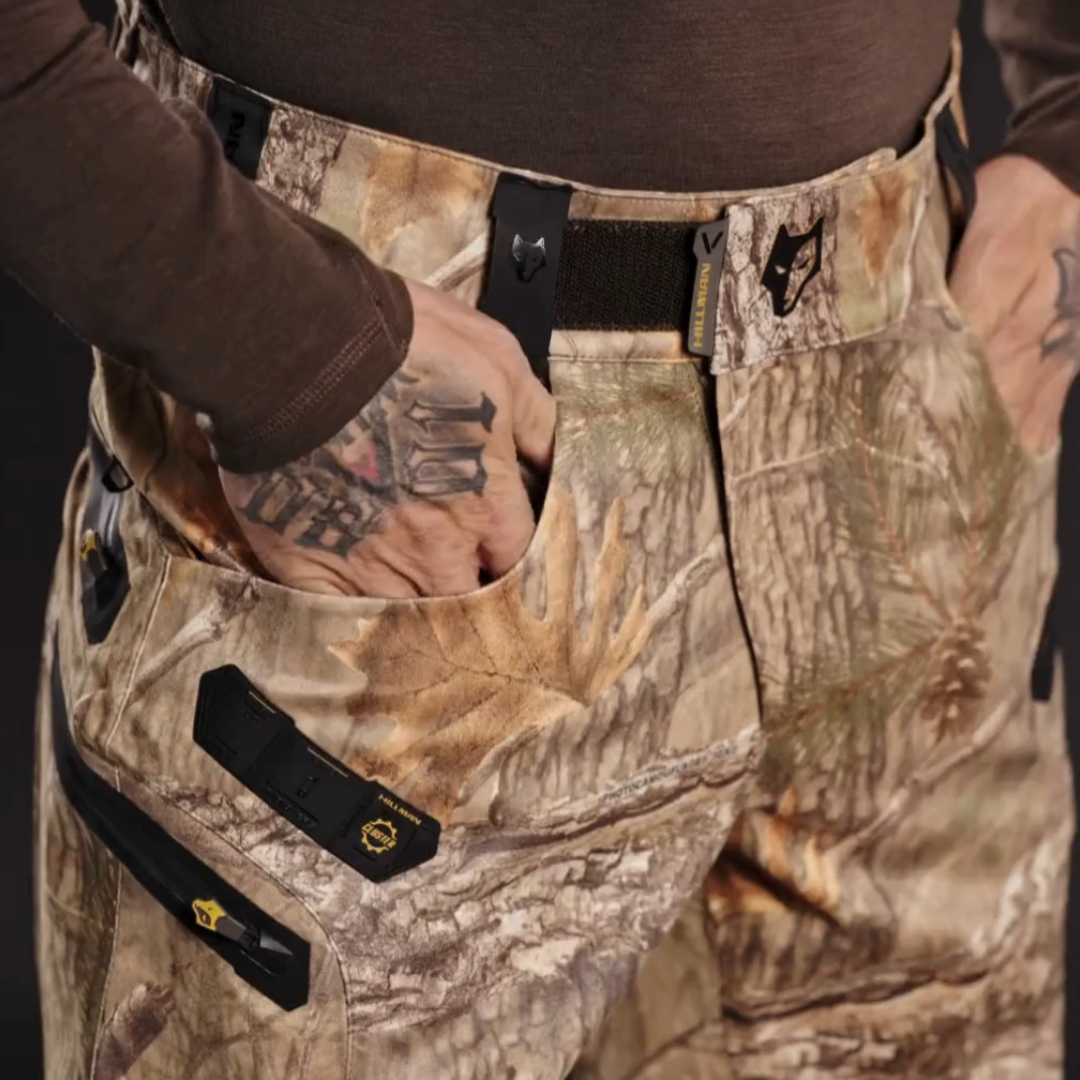






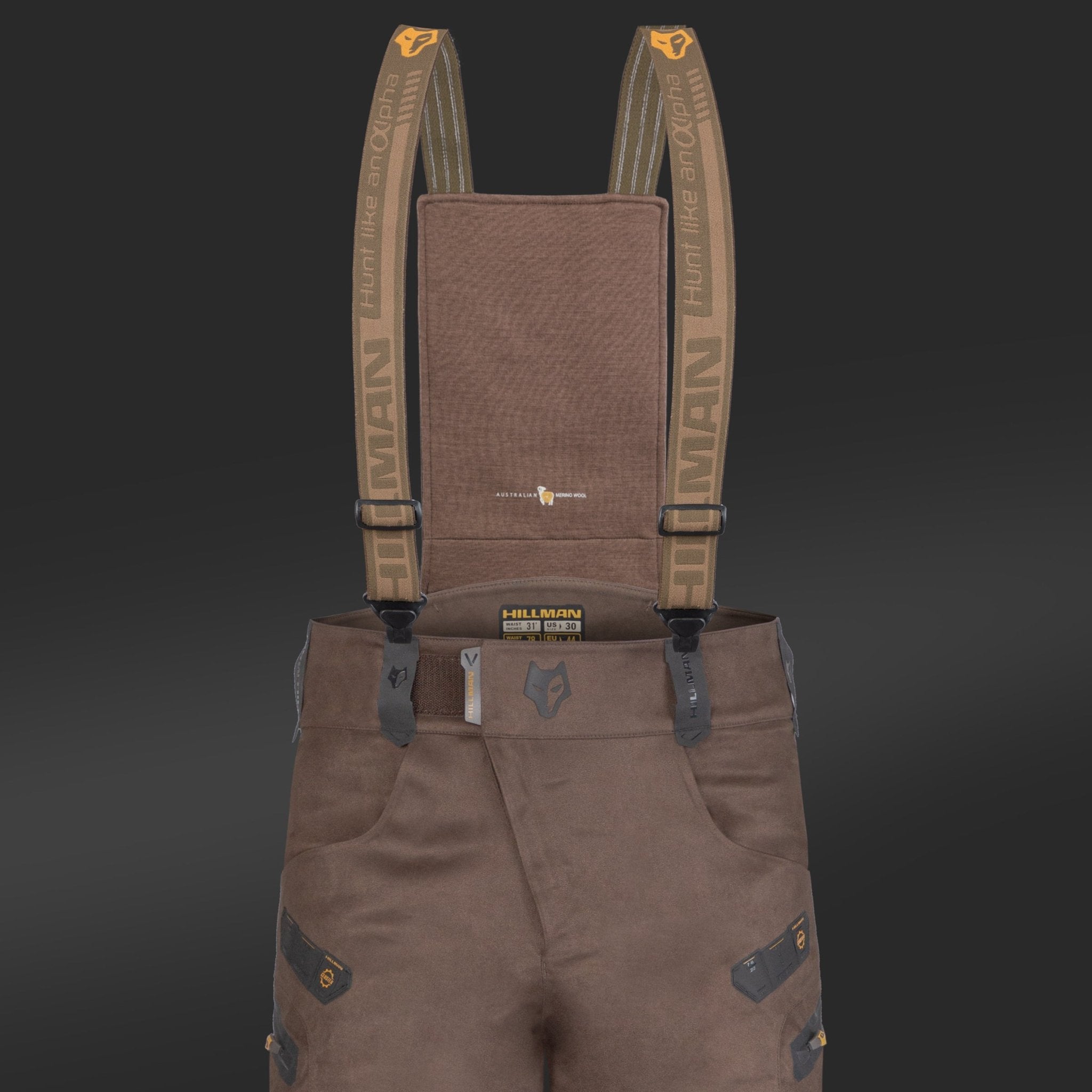

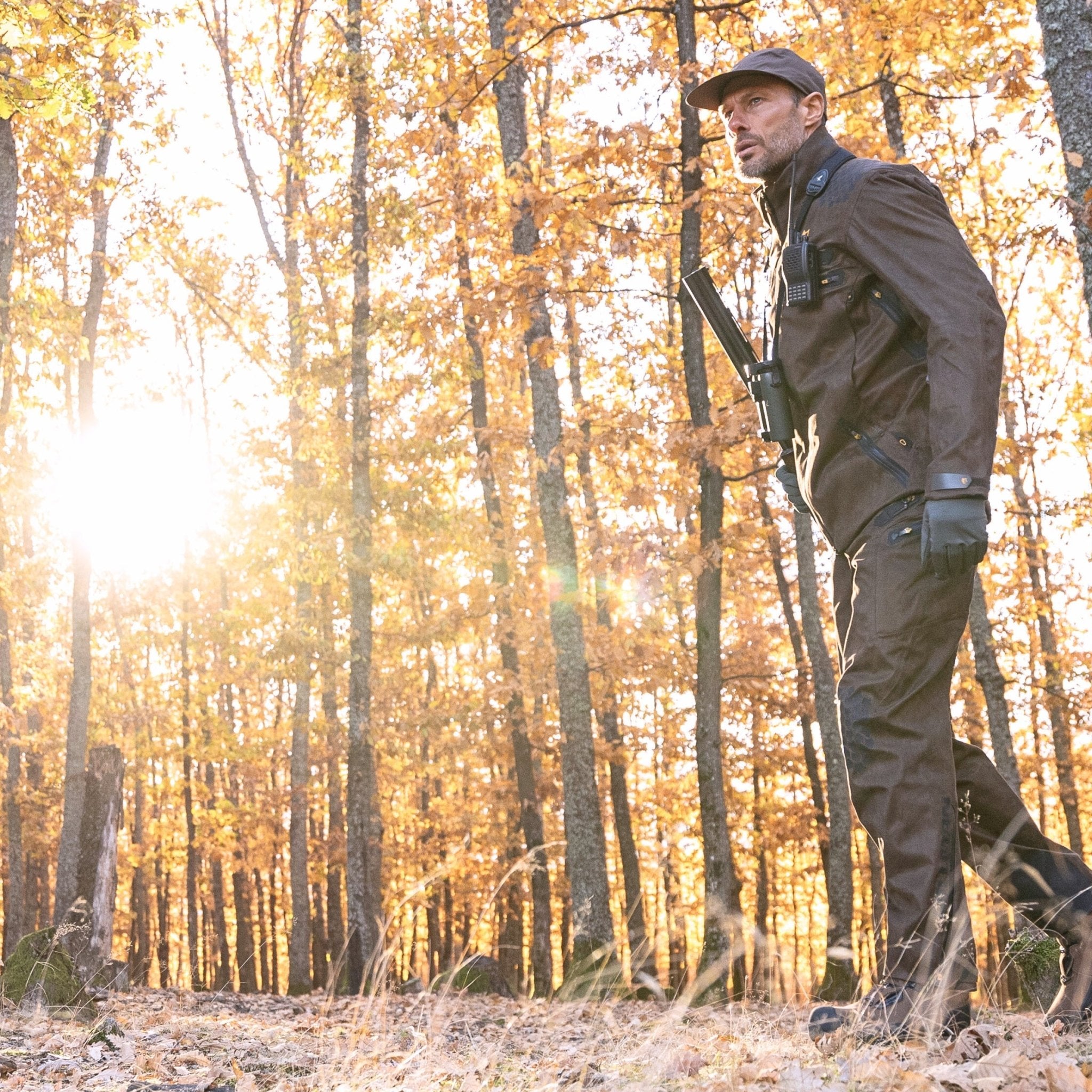


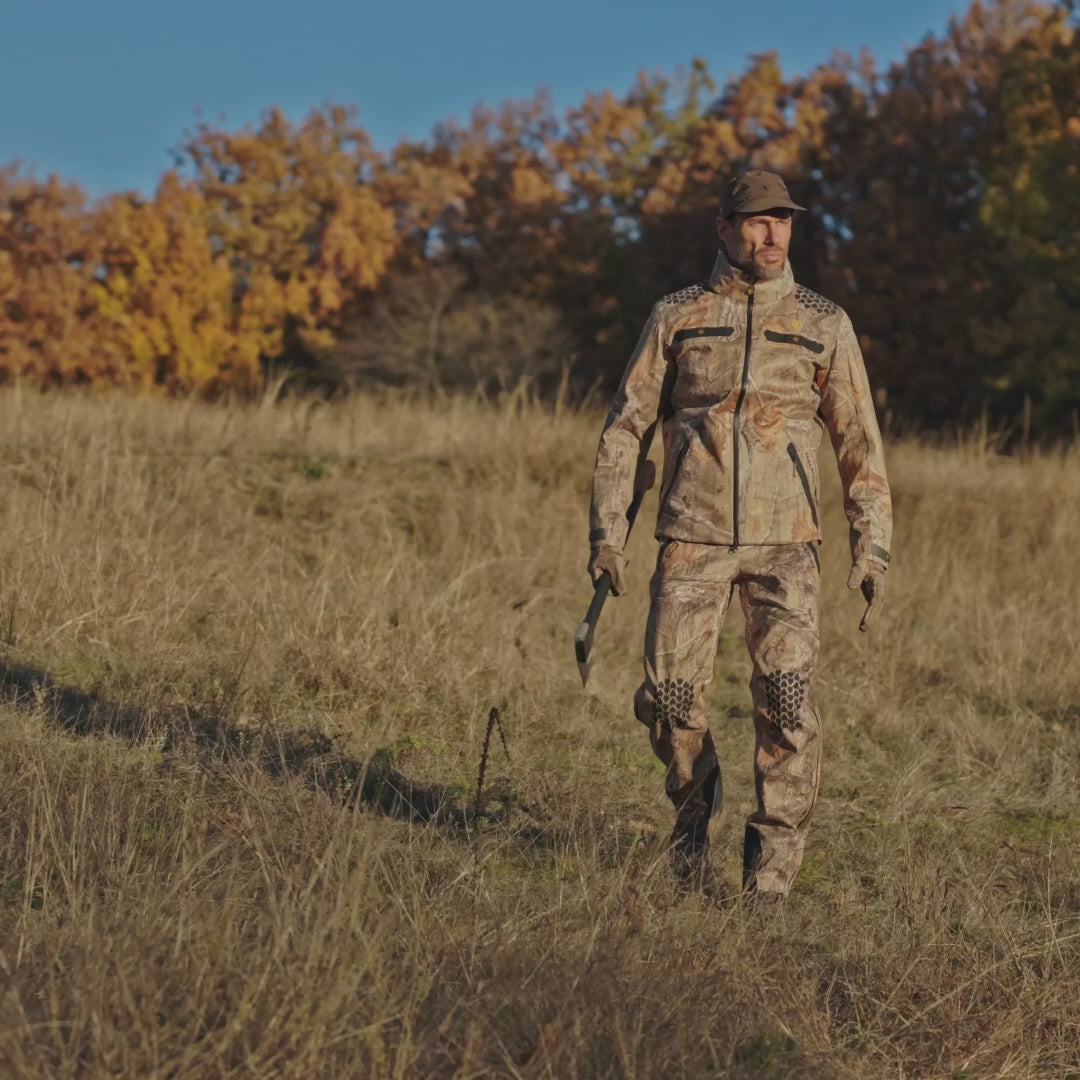


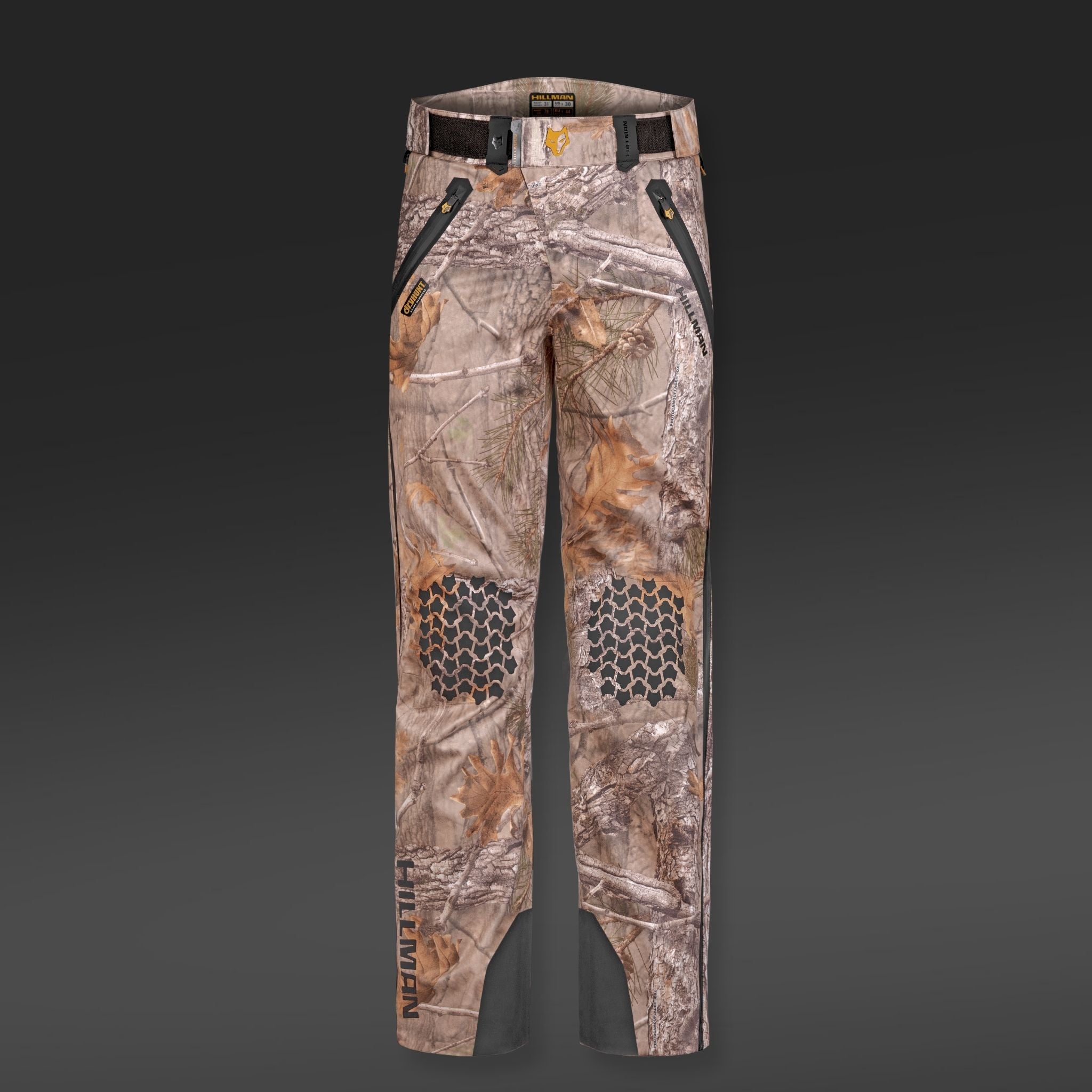


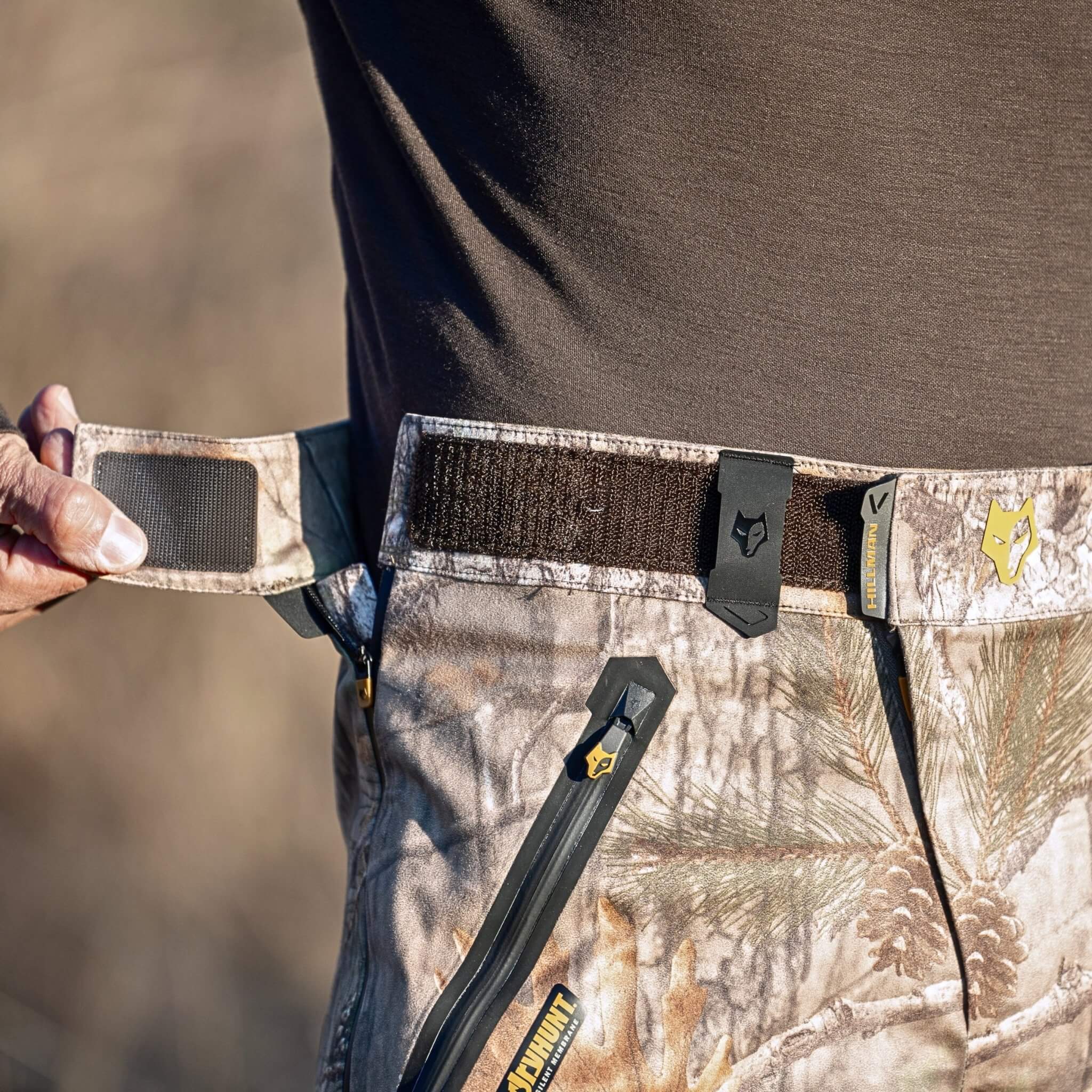
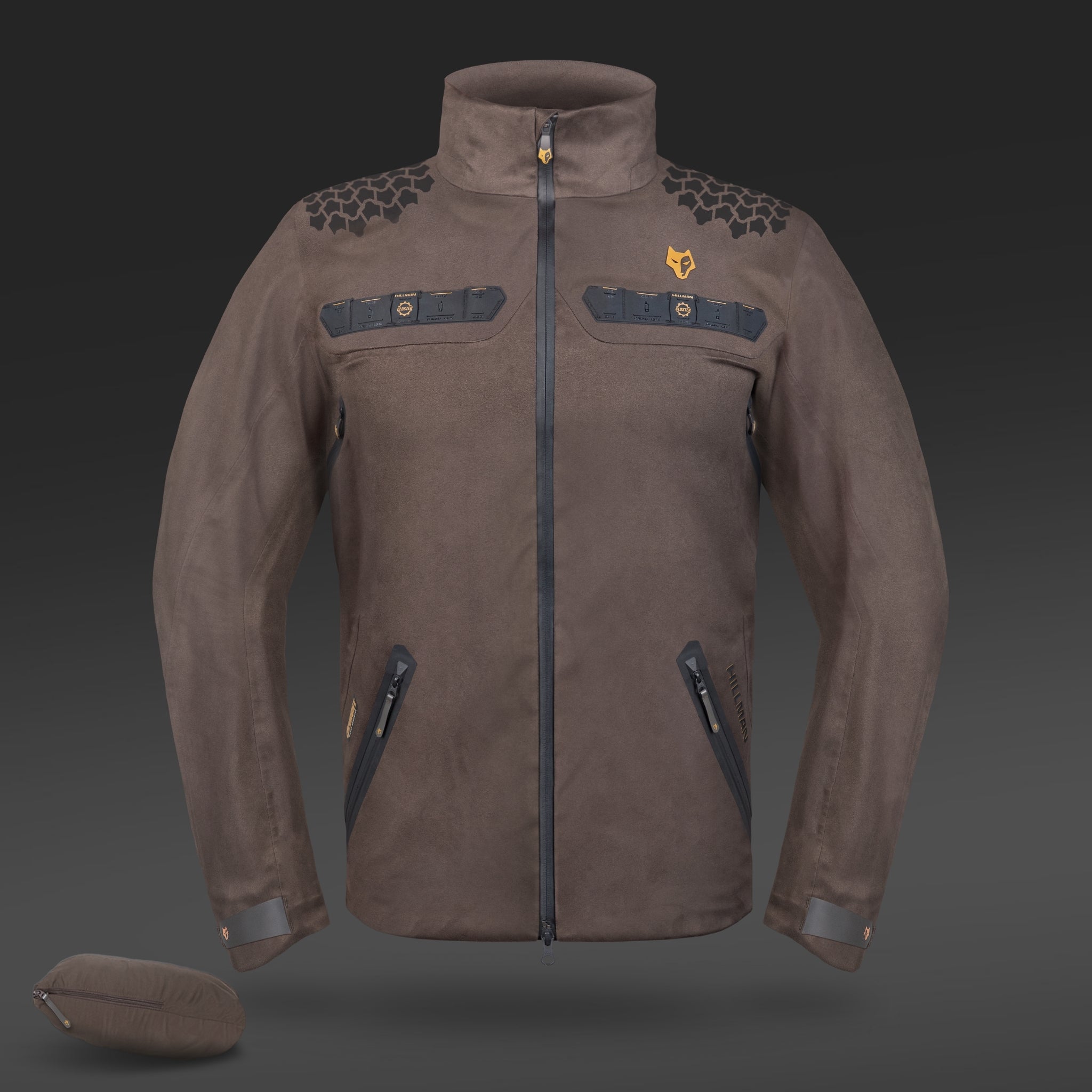
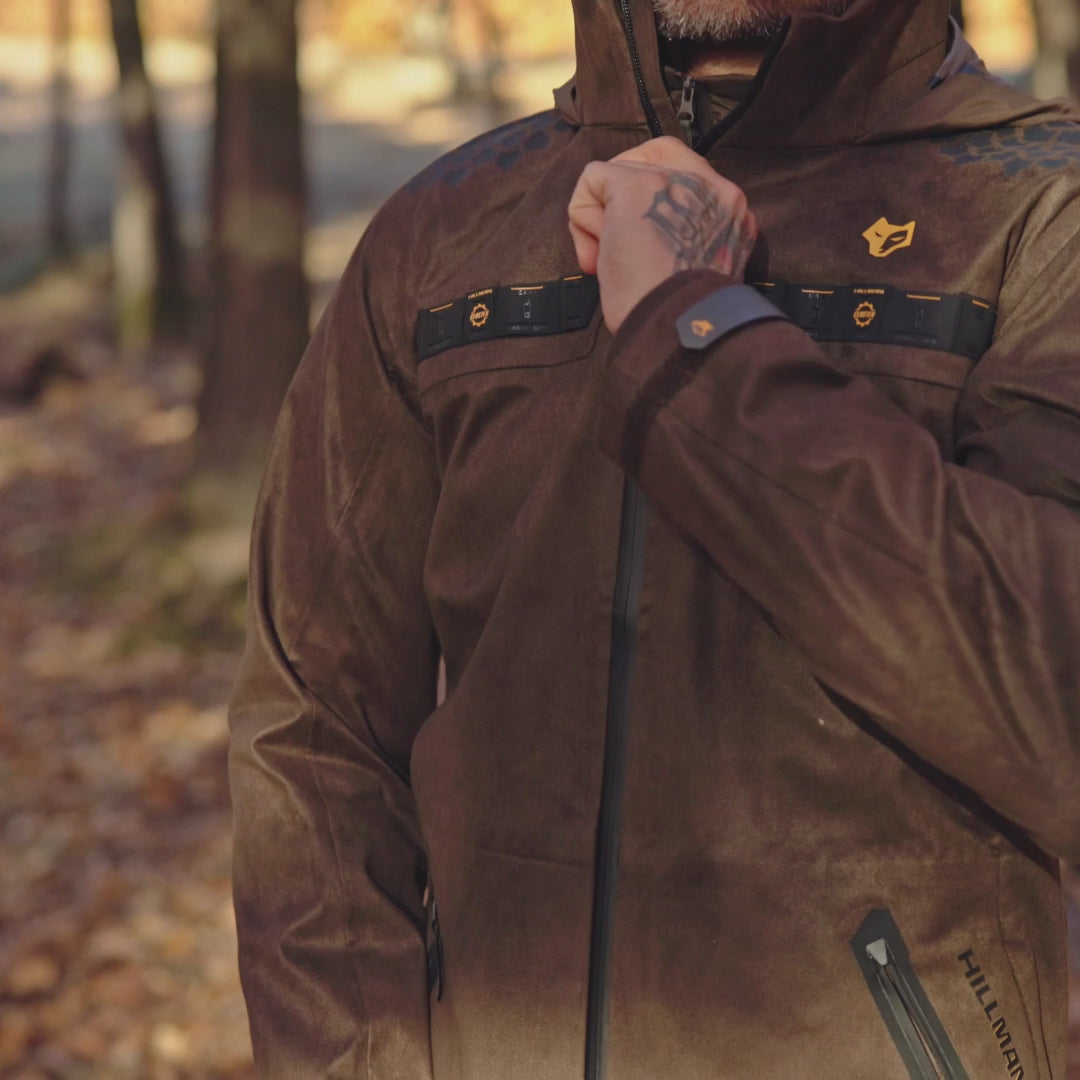
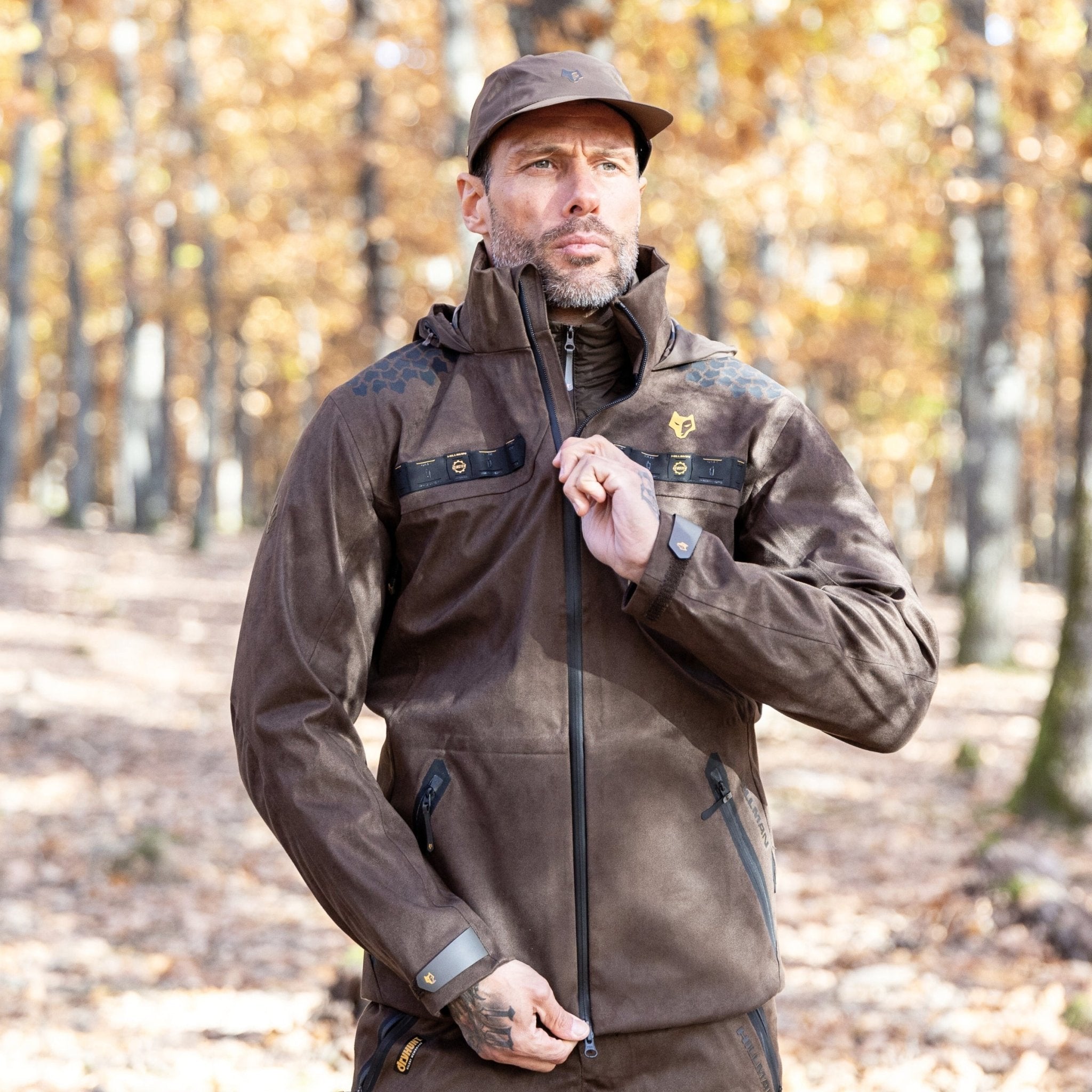
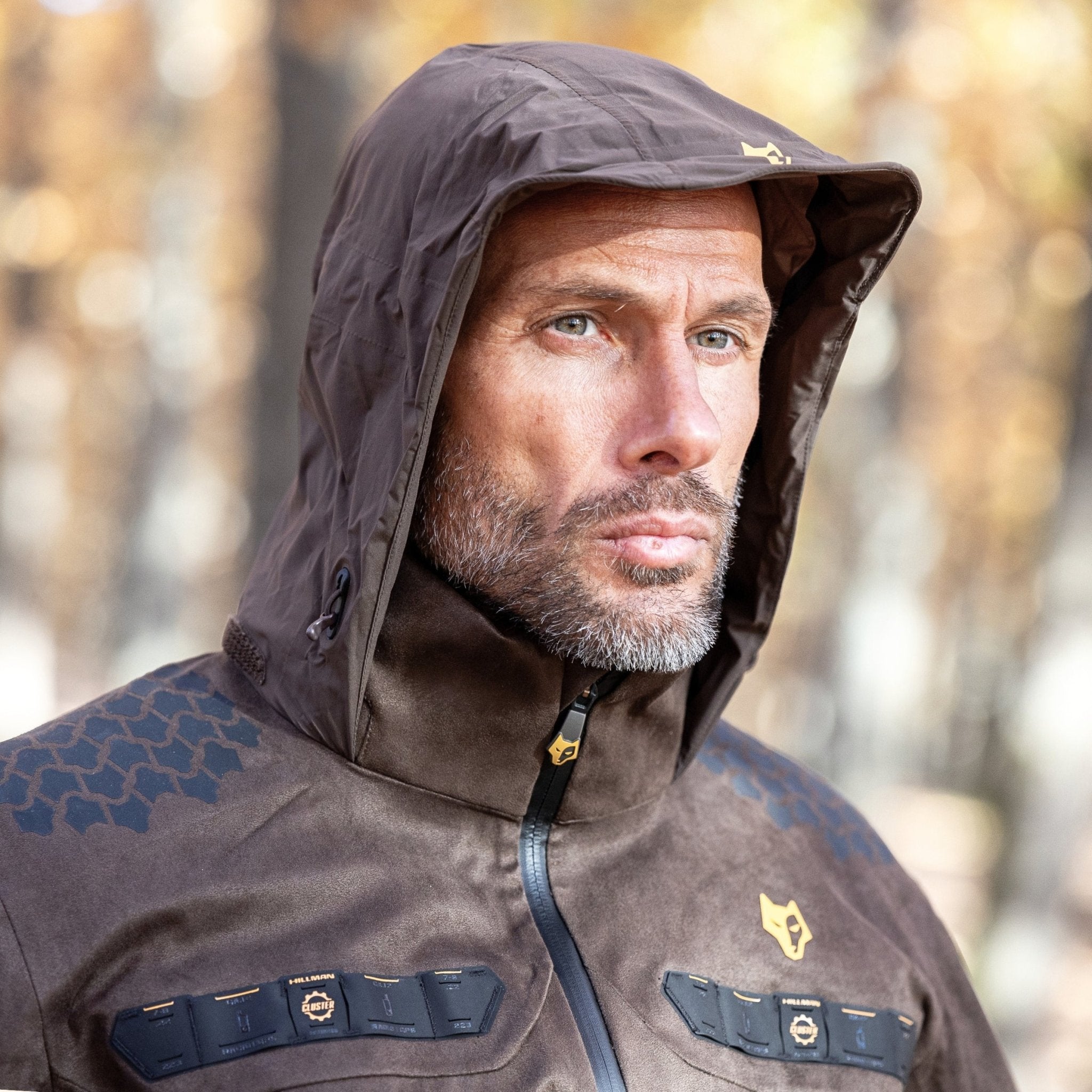
Share:
Most Expensive Hunting Boots: Really Worth the Price?
Best Hunting Gear for Every Season in the U.S.
Recent Posts